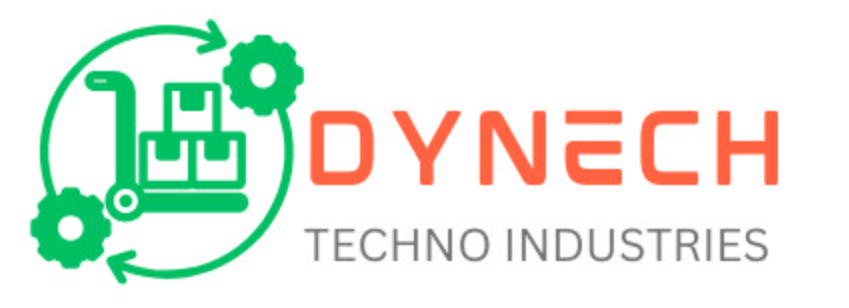News
Installation of PVDF Pipes: A Guide to Reliable Chemical Piping Systems
Installation of PVDF Pipes: A Guide to Reliable Chemical Piping Systems
Polyvinylidene Fluoride (PVDF) pipes are widely used in industries that demand high chemical resistance, mechanical strength, and temperature durability. These include chemical processing, semiconductor manufacturing, water treatment, and pharmaceutical production. To ensure optimal performance and safety, the correct installation of PVDF piping systems is essential.
1. Preparation Before Installation
Before beginning the installation, inspect all PVDF pipes and fittings for any visible damage or contamination. Make sure the environment is clean and free from particles that may affect jointing quality.
Cut the pipes to the desired lengths using appropriate tools to ensure straight and clean edges. Deburr both the inside and outside of the pipe ends to ensure a smooth connection and to prevent flow disturbances.
2. Joining Methods
There are several methods for joining PVDF pipes, including:
Butt Fusion Welding: This is the most common method, using heat to join two pipe ends directly. Proper alignment, temperature, and pressure are crucial to ensure a strong, leak-free joint.
Socket Fusion: Ideal for smaller diameters, socket fusion uses a heated tool to melt both the pipe and fitting before pushing them together.
Electrofusion: A method using fittings with embedded heating elements that fuse the pipe and fitting together when electric current is applied.
Always follow the manufacturer’s recommended parameters (temperature, time, and pressure) for each joining method.
3. Support and Alignment
PVDF pipes must be properly supported using clamps or hangers to avoid stress and sagging. The spacing between supports depends on the pipe size and temperature. Avoid sharp bends or misalignment that can cause mechanical stress or leaks over time.
Thermal expansion must also be considered, especially in high-temperature environments. Expansion loops or flexible connectors can be used to accommodate movement.
4. Testing and Inspection
After installation, conduct a pressure test with water or air to verify the integrity of the piping system. Check all joints and connections for leakage or deformation. A visual inspection is also recommended to confirm proper alignment and support.
5. Safety Considerations
When working with fusion equipment, always wear protective gloves and eyewear. Ensure the work area is well-ventilated and free from flammable materials. For systems used with aggressive chemicals, additional safety measures may be required.
Conclusion
Proper installation of PVDF piping systems is key to long-term reliability and performance in corrosive or high-purity applications. By following correct procedures and using the appropriate tools and techniques, industries can ensure safe, efficient, and durable fluid transport systems.

